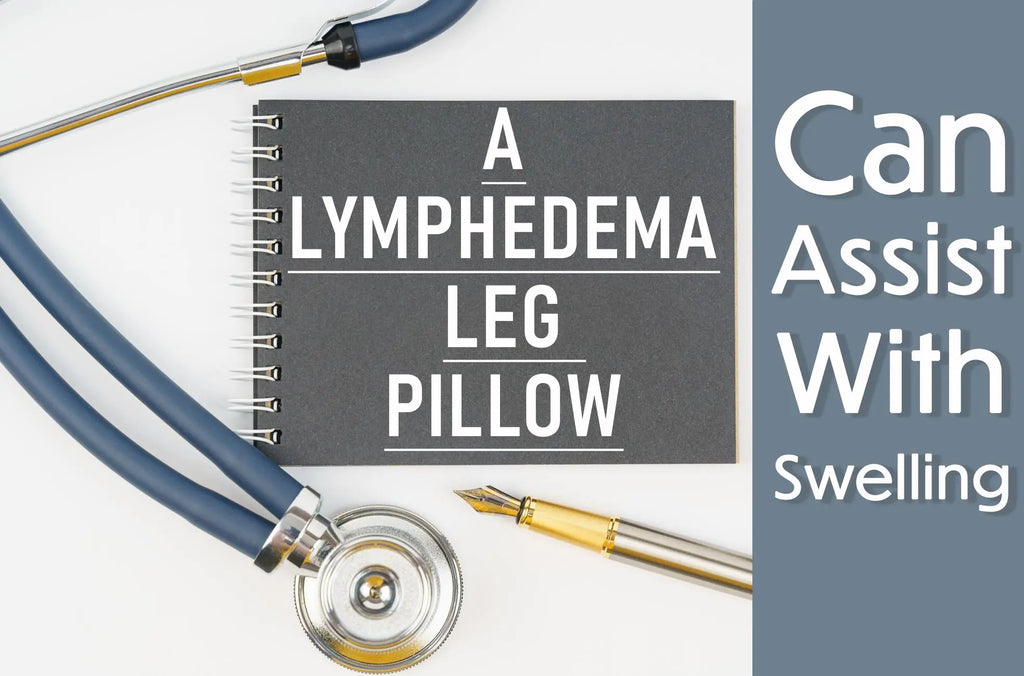A wedge pillow for vertigo can help with vertigo recovery and treatment. Dizziness is debilitating but let’s learn why a pillow wedge is a good tool to have around!
What is vertigo?
Did you know that 1/3 of adults over 40 have experienced a vestibular dysfunction resulting in dizziness or vertigo? Vertigo is a term used to describe a sensation of dizziness or room spinning that can occur for different reasons. One of the most common types of vertigo is called Benign Paroxysmal Positional Vertigo (BPPV).
BPPV happens when one or more of the calcium carbonate crystals in your ear become dislodged. This can happen after a head injury or for no known reason. These crystals are supposed to stay in your utricle. However, they can get loose for various reasons and when they do, they end up in your semi-circular canals.
The job of your semi-circular canals is to communicate the position of your head to your eyes. If your crystals get loose and fall into these canals, the canals get tricked into thinking your body is moving when it isn’t. Because the crystals are in the wrong place, the semi-circular canals can no longer correctly communicate the position of your head to your eyes. The result is the feeling of dizziness or room spinning that is often called vertigo.
Treatment for BPPV
When a Physical Therapist or an Otolaryngologist has confirmed you have vertigo, they might perform a crystal repositioning maneuver. This is a gentle maneuver designed to get the crystals out of your semicircular canals.
Your symptoms may be provoked during this maneuver. However, when done correctly, relief may be felt immediately. It is not uncommon to have this maneuver repeated several times in one treatment session. It is also not uncommon for the maneuver to be performed several times a week for a few weeks until the crystals are repositioned.
A common precaution prescribed after this treatment is head elevation on a vertigo wedge pillow. Head elevation places the inner ear in a position where the crystals have less of a chance of moving back into the semicircular canals. Typically, your treatment practitioner will recommend you sleep elevated for a few days.
The best wedge pillow for vertigo
The best wedge pillow for vertigo is one that keeps your head elevated at least 30 degrees. This position prevents the crystals from moving around a significant amount in your semicircular canals. Additionally, elevating your head on a vertigo pillow helps the body naturally dispose of the crystal debris post-treatment.
Look for a wedge pillow for vertigo that is at least 12 inches high and preferably topped with memory foam. Place your favorite neck pillow on top, lie back, and relish the comfort.
In addition to a wedge pillow for vertigo, try sleeping with a knee wedge pillow. A knee wedge pillow will help your upper body maintain its position on the vertigo wedge. It will also take pressure off your low back and hips, giving you the most comfortable sleep experience.
Unfortunately, BPPV can be recurring. People that have a history of BPPV have a higher chance of experiencing it again. Having a wedge pillow for vertigo on hand for the future is a great idea for proactive treatment before you can get in and see your doctor.
You can get a jump on helping to treat and decrease your symptoms by getting a wedge pillow for vertigo. You will be glad you did!
-Bryan Blare, Doctor of Physical Therapy




